Colored Pencil Techniques for Beginners | "Learn to Draw" Lesson
from the Learn to Draw Index
Now that you have developed a few basic drawing skills, let's try a lesson on colored pencil technique.
This lesson will teach you the basic stuff about how to color your flowers, bunnies, or pickles with colored pencils in an artsy sort of way.
As you read, try each one of these techniques on a piece of drawing paper.
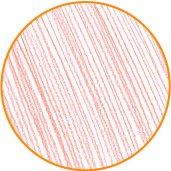 |
Hatching
Hatching is the fastest and easiest way to fill in your drawing. Most artists like to hatch their drawings with slanty lines, but there aren't any rules. You can go up and down, or side to side, if that what you like best.
To hatch, draw a bunch of parallel lines with a little white space between each one of the them. Try to make them as straight as you can.
|
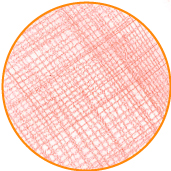 |
Cross Hatching
Cross hatching is almost exactly like hatching. The only thing that's difference is that you have to draw a second set of parallel lines. This time they have to go in a different direction. Most artists like to make X's, but it's okay if you want to try a different angle.
|
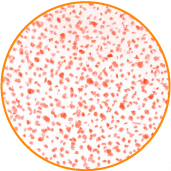 |
Stippling
Stippling is making dots. Lots and lots of dots. Big ones and small ones. The amount of space between the dots will determine how light or dark your artwork will be. The more dots you add, the darker your drawing gets. Several different sizes of dots will making it look more interesting.
To stipple, use the point of your pencil.
|
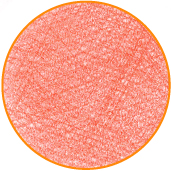 |
Tonal Layering
Tonal layering is a way to fill your drawing with a smooth consistent color, without too many pencil strokes.
To color your drawing with tonal layering you will need to cross hatch, changing direction many times. It's also important to keep your pencil sharp and your pencil strokes light.
|
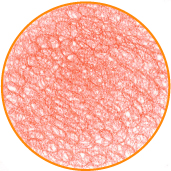 |
Scumbling
Scumbling is drawing circles. It accomplishes the same thing as tonal layering, but with a different and interesting texture.
To scumble, draw continuously overlapping circles. Try not to draw circles in a pattern. Crazy, random patterns are way more interesting!
|
 |
Burnishing
Burnishing is layering with heavy pressure. There are three kinds of burnishing:
1) With a colorless blender to give the color a deeper tone (left)
2) With a white pencil so that the bottom layer becomes lighter (middle)
3) Super thick so you can't even tell there's another color underneath (right)
|
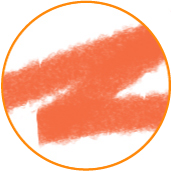 |
Wide Stroke
Producing a wide stroke with the side of your pencil is perfect for sketchy and energetic colored pencil drawings. Large colored pencils or woodless pencils will give you the best results, though any type of colored pencil will do.
|
That's it. Now you're ready for your first colored pencil project!

|